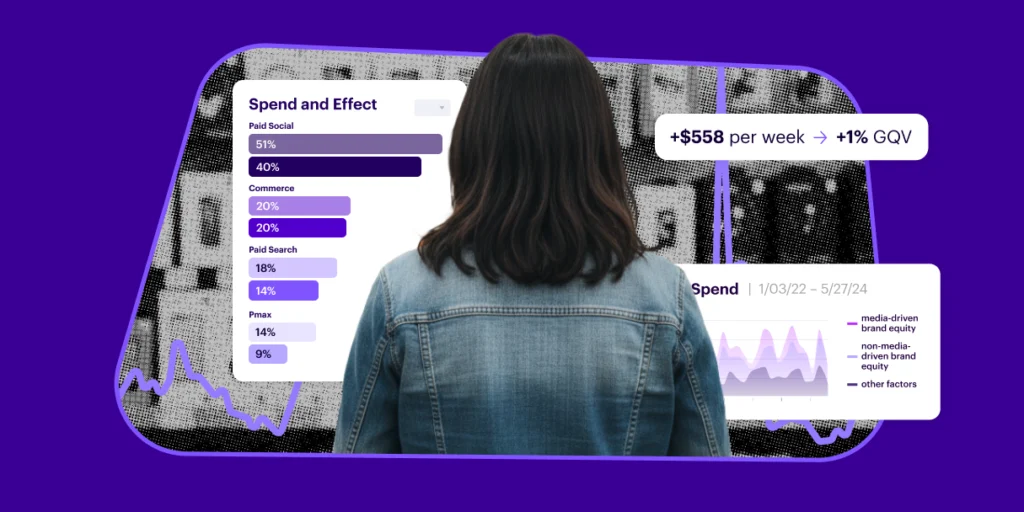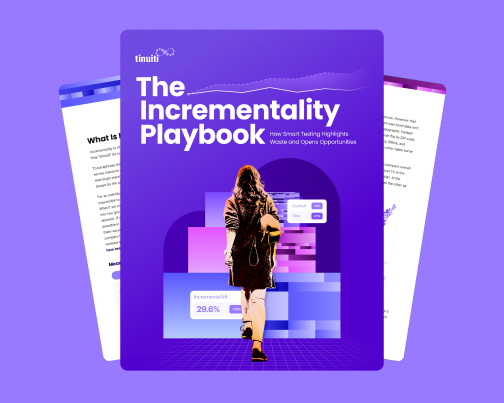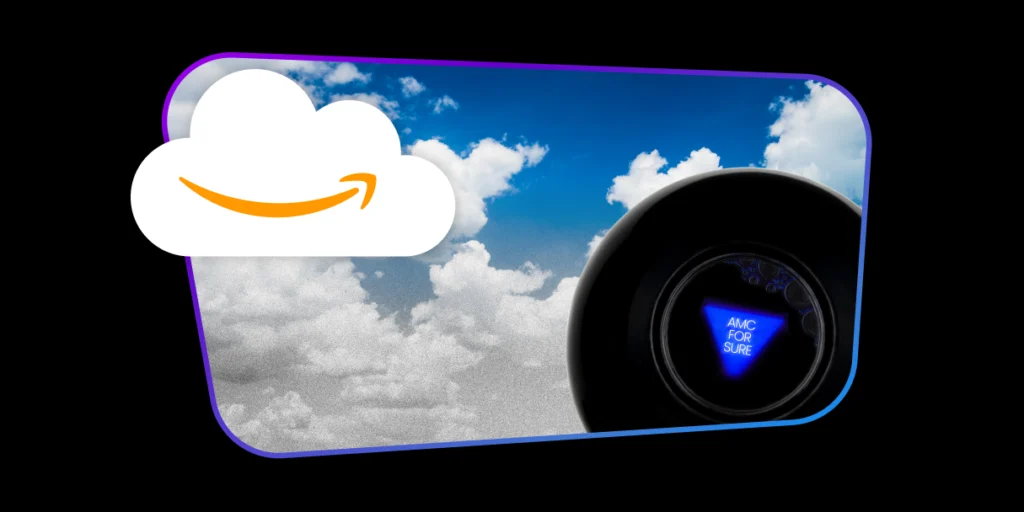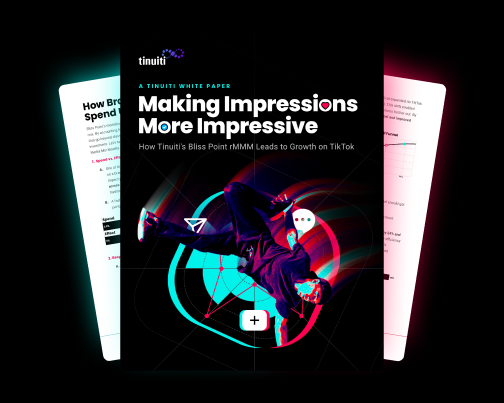How Do Ghost Ads Measure Ad Performance?
How Do Ghost Ads Measure Ad Performance?
Oct 08 2025

This post was contributed by Liv Smith, Senior Director of Innovation & Growth.
Imagine trying to determine which dog in a litter is the smartest.
- Dog A learned how to sit in two days
- Dog B learned in a week
- Dog C learned in two weeks.
Seems simple at first, but now what if Dog A is polite with older dogs and Dog C is the only one that learned how to fetch? Things get a little more complicated.
Marketing faces the same challenge. When we’re trying to determine if an ad campaign was effective, we need to keep in mind all of our other campaigns running in the background. If you didn’t buy that ad, would your target customer have bought your product anyway?
That is the power of incrementality testing. It identifies what advertising truly delivers beyond what would have happened naturally. But there are quite a few ways to measure incrementality, and Ghost Ads are one of the most effective ways of putting this concept into action.
What are Ghost Ads?
Ghost Ads, also known as Ghost Bidding, is a method for incrementality testing that enables advertisers to identify the audience in the control group without serving them an ad. In environments where available, the platform logs instances when a consumer would have seen an ad but didn’t receive it. This creates a control group that can be analyzed directly against a test group that received the ad.
How Ghost Ads Work
Historically, the most common incrementality experiments have been Public Service Announcements (PSA) holdout tests and “intent-to-treat” approaches. Both are described in the academic paper Ghost Ads: Improving the Economics of Measuring Ad Effectiveness by Johnson, Lewis, and Nubbemeyer.
For PSA Tests, imagine giving one friend group tickets to see a Boston Celtics basketball game and another friend group tickets to a workplace safety seminar. It’s nothing personal, you just selected these people at random because they’re technically part of your “audience.”
While both groups watched something, only the group that got to see the basketball game had the opportunity to interact with and experience the Celtics brand. Later in the season, you could quiz your friends on their Celtics knowledge or see if they attended more games afterward. By comparing each group’s recall and subsequent spend, we can isolate the impact attending the game had. However, you still had to spend money to send your friends to the workplace safety seminar, so there’s some opportunity cost and actual cost associated with this method.

For intent-to-treat, imagine sending five puppies to obedience school and leaving the other five with their owners at home with no professional training. Then, we compare their temperament to a control group of random dogs we found in the neighborhood to see if obedience class improves their overall behavior. The problem here is that some of the dogs left at home might have a chance to pick up skills from other dogs or were trained by owners. This makes it harder to measure the value of obedience school.

Ghost Ads solve for these problems by recording when an ad would have been served in an auction but was withheld. This way, it’s like a PSA test, except we never had to pay to send out an advertisement. And it’s a bit like intent-to-treat, except we’re able to compare dogs that went to obedience school with dogs that almost went, but the school turned them away at the door for absolutely no reason. Because the groups are identical except for that last-second random chance, we can get a much more accurate view of user behavior while minimizing wasted spend.
What Are the Benefits of Ghost Ads?
Ghost Ads provide a balance of efficiency and precision. There is no need to waste the budget on control impressions, and the lift can be measured against real market conditions since the control group mirrors the test group. Ultimately, this enables advertisers to understand what matters most clearly and concisely. Think of it like watching the Celtics in the playoffs rather than preseason scrimmages, or testing which puppy learns the sit command fastest by comparing them in the same household.
What Are Common Challenges When Deploying Ghost Ads?
Unfortunately, Ghost Ads are still not a perfect solution. Digital auctions are complex and constantly evolving, requiring periodic review and updates. In addition, some opportunity cost exists because part of the audience is held in the control. The group that never gets the tickets to see the basketball game misses out on the opportunity to interact with the Celtics. Jonson et al. highlight an additional challenge within their paper regarding ad formats. In scenarios where multiple ad formats compete in the same auction, the added complexity can make it difficult to isolate the actual impact.
Getting Started with Ghost Ads
With all the nuances of incrementality testing, it helps to have a structured game plan. Tinuiti lays out a five-step approach in the Incrementality Playbook that applies directly to Ghost Ads:
- Map your blind spots: Look across campaigns and ask, “Where are we making decisions without clear evidence or where platform data doesn’t tell the full story?” Without testing, you cannot know if a puppy got to the bowl first because it was the hungriest or simply the quickest.
- Identify testable opportunities: Ghost Ads are not available on every channel. Start with platforms that support user-level holdouts.
- Choose a design and commit to rigor: Set expectations early. Agreeing up front avoids the equivalent of a family debate over who is the cat’s favorite based on a head scratch here or a leg rub there, where every moment tells a different story.
- Build testing into the rhythm: Treat Ghost Ads as a routine part of planning, not a one-off project. The real value comes when tests accumulate over time, creating a baseline. Similar to the way the Celtics team runs plays, consistency turns individual moments into a winning performance.
- Don’t go it alone: Setting up correctly can be highly technical. Working with experts who have run these tests before ensures that the priority remains on insights rather than troubleshooting.
Think of Ghost Ads as a feedback loop that sharpens with every cycle, helping you cut through noise and double down on what truly drives growth.
Conclusion
Ghost Ads give advertisers a clearer and more cost-effective way to measure incrementality. By eliminating wasted impressions, creating realistic control groups, and cutting through noise, they reveal what advertising is actually driving outcomes.
Want to learn more?
For advertisers ready to get this level of rigor in their strategy, Tinuiti’s Incrementality Playbook is the best place to start. Explore a full framework for testing, planning, and smarter growth.
You Might Be Interested In
from Ecommerce – Techyrack Hub https://ift.tt/3ebRH2m
via IFTTT











Comments
Post a Comment